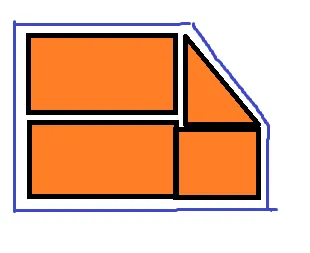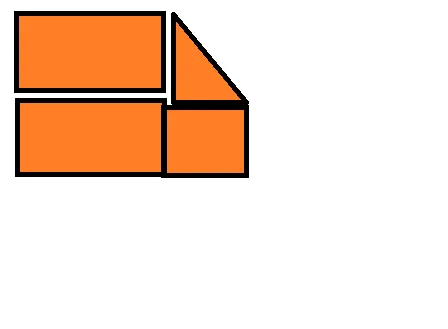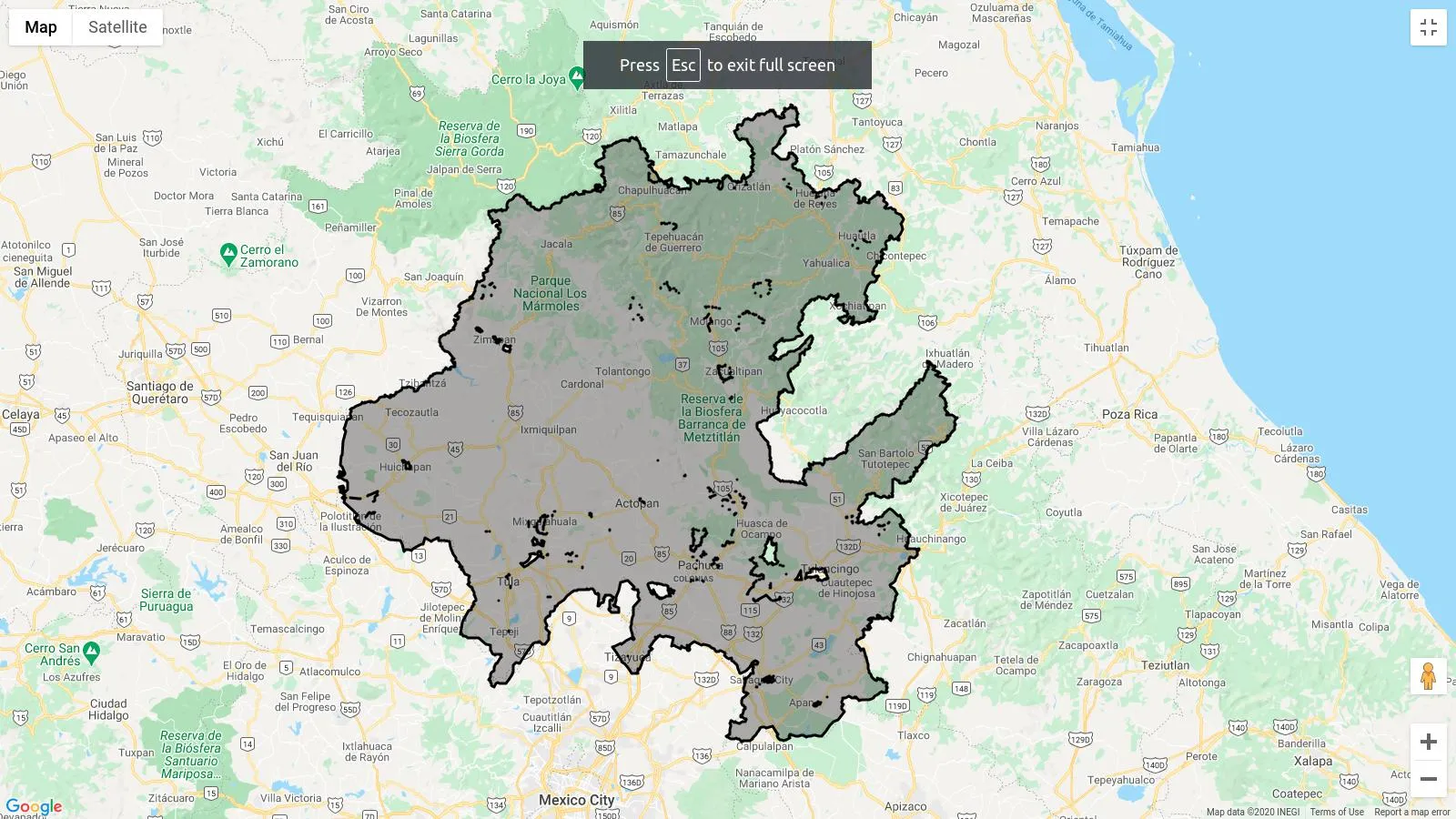我有一个包含多个多边形的GeoJson文件。
我使用Leaflet在网站上呈现此GeoJson。
我想绘制一个围绕所有多边形的轮廓线。类似于这样的效果:
我使用的GeoJSON格式为:
{
"features": [
{
"geometry": {
"coordinates": [
[
[
1074.426,
-1136.986
],
[
1088.241,
-1123.171
]
]
],
"type": "Polygon"
},
"properties": {
"number": "2009",
"type": "",
"spaceid": null,
"alias": null,
"roomkey": "5/2009"
},
"type": "Feature"
}
],
"bbox": [
2445.578,
2445.578
],
"crs": {
"properties": {
"name": "urn:ogc:def:crs:OGC:1.3:CRS84"
},
"type": "name"
},
"type": "FeatureCollection"
有任何指针都会很有帮助 :) 谢谢

